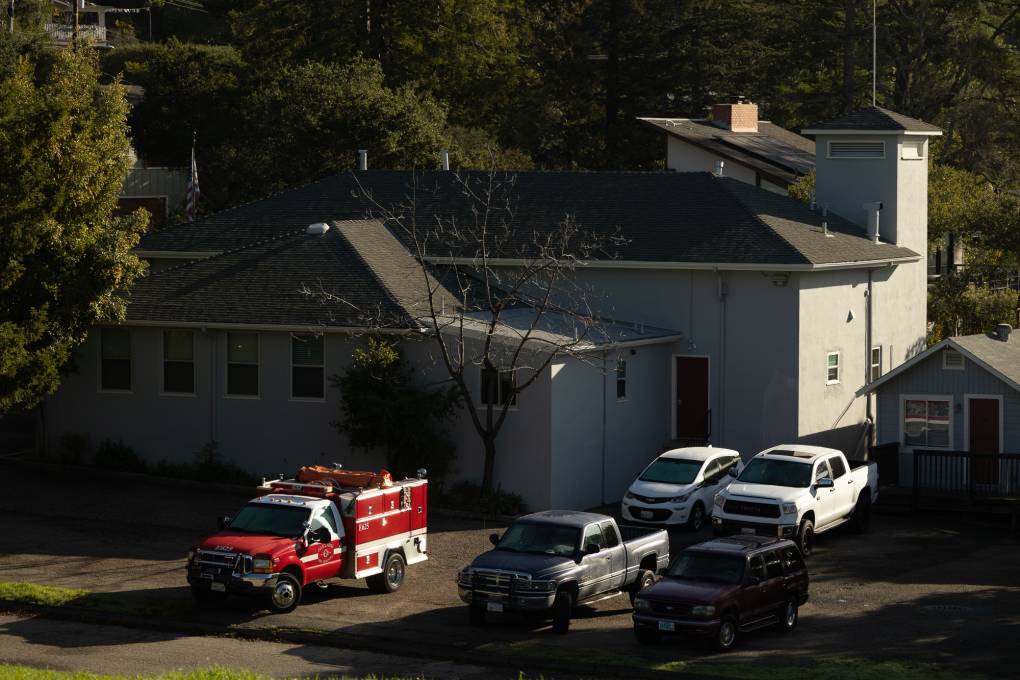Bolstered by the rosiest fiscal picture of his second term, Gov. Gavin Newsom on Monday announced a plan to balance the state budget without any spending cuts — prioritizing existing programs and future savings over any ambitious new investments.
As he unveiled his $322.2 billion spending plan for the 2025–26 budget year, Newsom called on the Legislature to approve modest new investments in economic development and funding potential court battles with the incoming Trump administration, along with reforms to allow California to save more money for future budget downturns.
“It’s about more transparency, it’s about reform and it’s about being prepared for uncertainties into the future,” Newsom said of the budget plan.
Officially, the administration is projecting a slight surplus in the spending plan, although the governor did not specify the surplus amount. In November, the Legislative Analyst’s Office had projected a $2 billion shortfall, which it described as leaving the budget “roughly balanced.”

